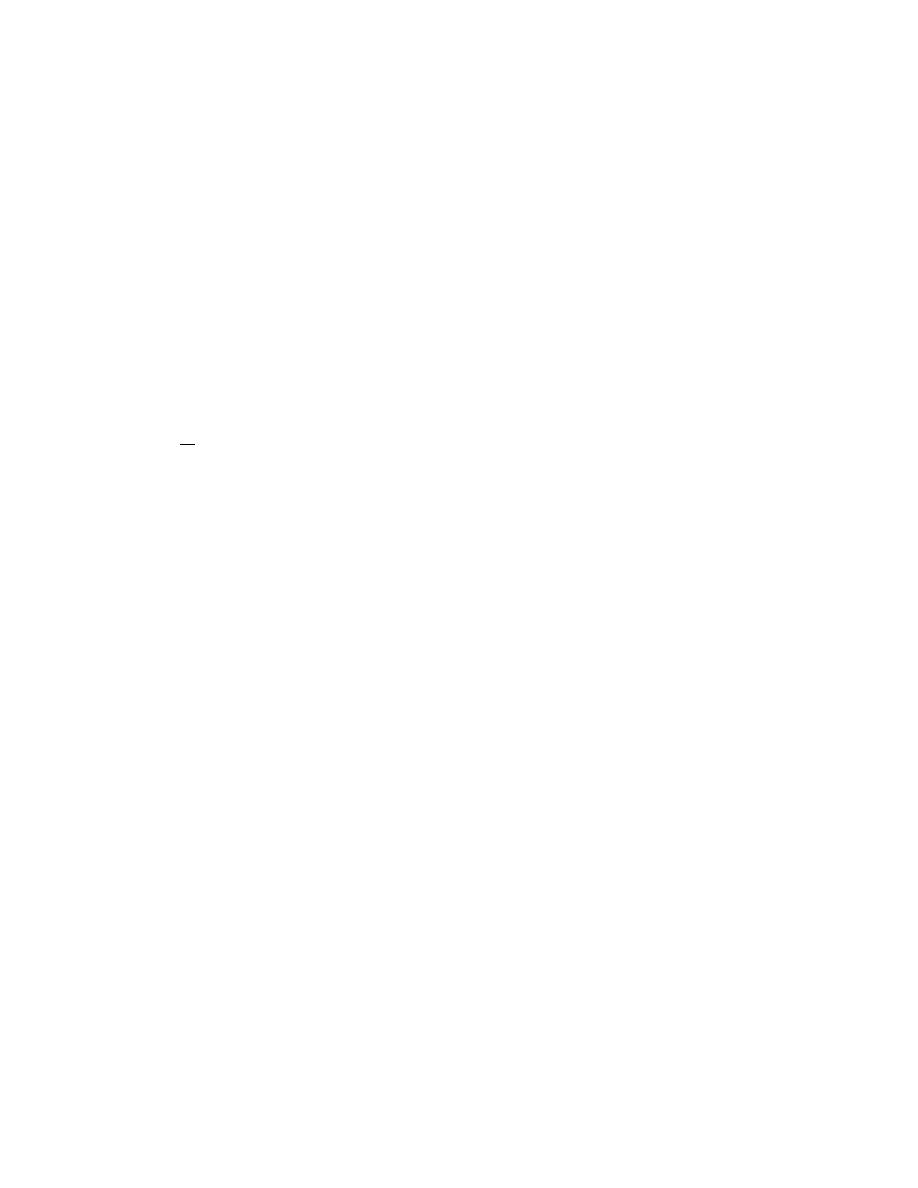 |
||
|
|
||
| |||||||||||||||
|
|
 ERDC TN-DOER-N5
July 2000
the mechanisms involved, the problem of soft dredged material underlying a firmer cap is a
gravity problem with several potential failure mechanisms, and the controlling mechanism
cannot be identified until more intense investigations are conducted.
Bearing Capacity Analysis. The bearing capacity of a soil subjected to an applied load of
limited extent is a classical geotechnical engineering problem in plastic equilibrium analysis that is
covered in almost any text on soil mechanics or foundations (e.g., Terzaghi, Peck, and Mesri 1996;
Peck, Hanson, and Thornburn 1974; Sowers and Sowers 1970; or Teng 1962). For this analysis, a
portion of the sand cap is modeled as a long surface load that is narrow with respect to the total
width of the dredged material deposit, and any shallow slopes are neglected. This would represent
a condition where the sand cap is partially in place over a portion of the dredged material, and
mathematically corresponds to classical solutions for plane strain conditions used for analysis of
continuous footings. The bearing capacity of the dredged material is calculated using the equation
for a continuous footing from Teng (1962)
Q
qult =
= cNc + γDNq + 0.5γBNγ
(2)
A
where
qult = ultimate bearing capacity, lbf/ft2
Q = ultimate bearing capacity, lb
A = area of footing, ft2
c = cohesion (strength) of soil, lbf/ft2
Nc, Nq, Nγ = Terzaghi's bearing capacity factors
γ = unit weight of soil (submerged weight for the dredged material deposit), lb/ft3
D = depth of foundation measured from low side of the ground surface to bottom of
footing, ft (D = 0 for this case)
B = width of footing, ft
For undrained conditions ( = 0), Nγ is zero, and the third term in the equation goes to zero. For a
surface load such as a cap, D is 0, so the second term also goes to 0. Standard texts usually provide
graphical solutions for the Terzaghi bearing capacity factors, which give somewhat different
answers depending on the scale used in the figure. For the specific case of plane strain conditions
under a surface load as in this case, Nc can be determined to be 5.14 (Prandtl 1921). The bearing
capacity equation then is reduced to
qult = 5.14c
(3)
Some authors have suggested reducing the value of cohesion in this equation by one third, i.e., using
2/3c (Palermo et al. 1998a; Ling et al. 1996) . This apparently comes from interpretation of a rule
of thumb stated in Terzaghi and Peck (1967) that was intended to reduce the surface deflections in
10
|
|
Privacy Statement - Press Release - Copyright Information. - Contact Us - Support Integrated Publishing |